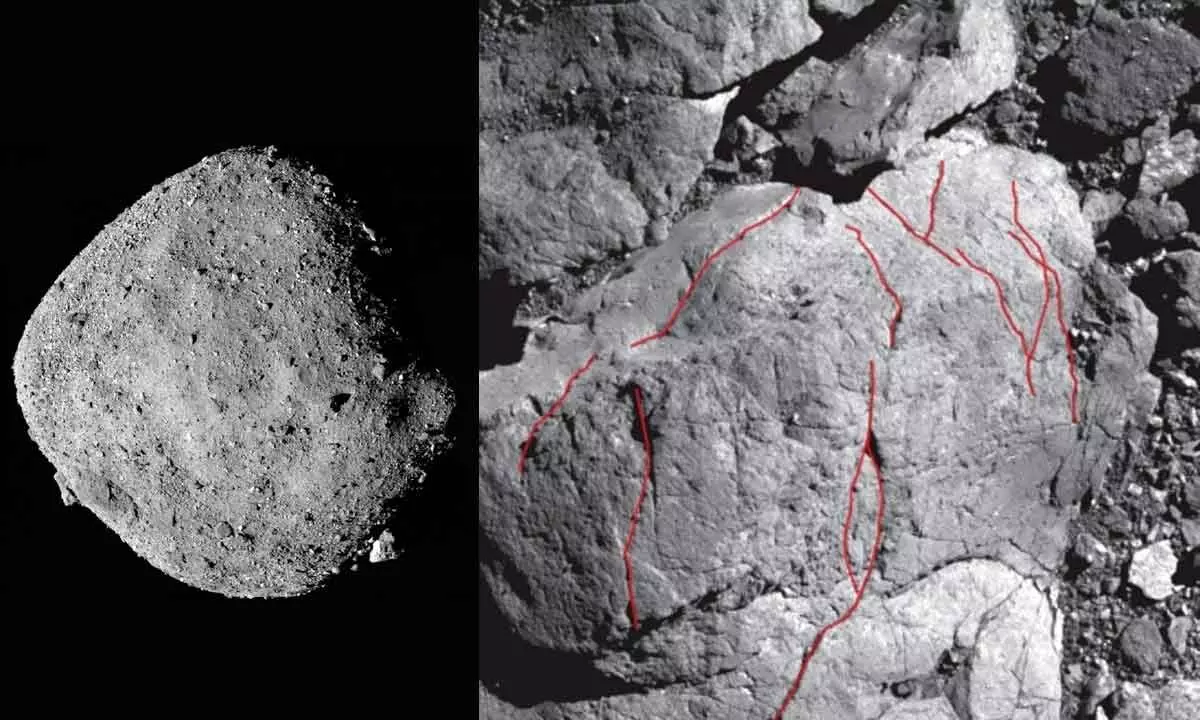Inside Building 31 at Johnson Space Center, a momentous achievement unfolded as NASA scientists successfully opened the metal canister containing rocks collected from the distant asteroid Bennu. The lid, sealed with two stubborn fasteners, proved to be a formidable challenge for months. The asteroid receptacle, having parachuted from outer space, resided within a specially-designed glovebox, limiting tools and access. With perseverance, the lid is now open, revealing the treasure trove captured during NASA’s groundbreaking OSIRIS-REx mission.
The agency’s snapshot captures the sight of dark rocks, measuring a mere 0.4 inches or 1 centimeter wide, intermingled with smaller particles of different sizes. These precious samples originate from asteroid Bennu, an astronomical body spanning 1,600 feet in width and consisting primarily of boulders and debris. It is worth noting that this mission is NASA’s first-ever attempt to retrieve untarnished fragments from an asteroid and bring them back to our planet. The mission itself goes by the name OSIRIS-REx, which stands for Origins, Spectral Interpretation, Resource Identification, and Security – Regolith Explorer.
The importance of these samples lies in their ability to unravel the enigmas of our ancient solar system. Asteroid Bennu, believed to be approximately 4.5 billion years old, acts as a well-preserved time vault. The stones provide scientists with a one-of-a-kind chance to acquire knowledge about the creation of planets and potentially comprehend the process through which Earth obtained its water.
The OSIRIS-REx spacecraft executed a meticulous approach to Bennu in October 2020. Using the Touch-and-Go Sample Acquisition Mechanism (TAGSAM), an arm extended from the spacecraft, NASA gently pushed against Bennu for five seconds, releasing nitrogen gas onto the asteroid. This maneuver propelled rocks and dust into the canister, setting the stage for a two-year intensive study by NASA’s science team.
However, the scientific exploration doesn’t end with NASA. The agency plans to share the bounty with over 200 scientists worldwide who will delve into Bennu’s rocks and dust. Furthermore, a portion of the asteroid sample will be preserved for future generations, equipped with technologies that current scientists may not have envisioned, ensuring a continuous unraveling of the secrets held by Bennu. The question now echoes: What revelations will Bennu disclose to the eager minds of scientists and researchers?

